When it comes to managing your digital files, a reliable SD card reader is essential. An SD card read helps you easily transfer data between your memory cards and your computer. Whether you’re a photographer, a gamer, or just someone with lots of files, understanding how to choose the best SD card reader can make a big difference in your workflow.
In this guide, we’ll explore what makes a great SD card reader and how to find the one that fits your needs perfectly. From speed to compatibility, we’ve got you covered so you can make an informed decision and keep your data moving smoothly.
Why Every Digital Enthusiast Needs an SD Card Reader
In today’s digital age, having an SD card reader is like having a good pair of scissors in a craft box—essential and handy. An SD card reader helps you move photos, videos, and documents from your memory card to your computer or other devices quickly. If you’re someone who uses cameras, drones, or even some types of phones, you’ll find an SD card reader to be a very useful tool.
Using an SD card reader is simple. You just insert your memory card into the reader and then plug it into your computer or laptop. This makes transferring files easy and fast. No more fiddling with cables or worrying about compatibility issues. It’s a quick way to back up your important files or share them with friends.
Another great thing about an SD card reader is its versatility. Most readers can handle multiple types of memory cards. This means you don’t need a different reader for every device. Whether you’re using an SD card from a camera or a microSD card from your phone, one good SD card reader can handle it all.
How to Choose the Right SD Card Reader for Your Devices
Selecting the right SD card read can make a huge difference in how smoothly you transfer your files. When choosing, consider what types of memory cards you need to use. Some readers are only compatible with standard SD cards, while others can read microSD cards and even CompactFlash cards. Make sure the reader you choose matches the type of cards you use.
It’s also important to check the connection type. Most SD card read use USB, but there are different versions of USB, such as USB 2.0, USB 3.0, and USB-C. USB 3.0 is faster than USB 2.0, so if you have a lot of files to transfer, a USB 3.0 card reader might be a better choice. USB-C is common on newer devices and offers even faster transfer speeds.
Lastly, think about how often you’ll use the card reader and where you’ll use it. If you travel a lot or need a portable option, a compact, lightweight card reader might be best. For home use, a larger, possibly multi-card reader with a built-in cable could be more convenient.
Top Features to Look for in an SD Card Reader
When shopping for an SD card reader, there are several features you should keep in mind. Here are the top features that can help you get the most out of your purchase:
Speed and Performance
- Transfer Speed: Faster transfer speeds mean less waiting time. Look for a reader that supports USB 3.0 or higher if you need to move large files quickly.
- Read/Write Speed: Check the read and write speeds of the reader to ensure it matches the performance of your memory card.
Compatibility
- Card Types: Make sure the reader can handle all the types of SD cards you use, including microSD and CompactFlash if needed.
- Device Compatibility: Ensure the reader works with your computer or laptop’s ports, such as USB-A, USB-C, or Thunderbolt.
Build Quality
- Durability: A well-built reader will last longer and handle frequent use. Look for sturdy materials and a solid design.
- Portability: If you need to take the reader with you, a compact and lightweight design is ideal.
Comparing SD Card Reader Types: USB, USB-C, and More
When choosing an SD card reader, you’ll come across different types based on the connection they use. Here’s a quick rundown of the most common types:
USB-A Readers
- Standard USB: The most common type of SD card reader, fitting into the traditional USB-A ports found on most computers.
- Speed Variations: These readers can be USB 2.0 or USB 3.0, with USB 3.0 being faster.
USB-C Readers
- Modern Connection: Designed for newer devices with USB-C ports, offering faster speeds and a more compact design.
- Compatibility: Ideal for modern laptops and tablets but check if your device has a USB-C port.
Multi-Card Readers
- Versatile Use: These readers support multiple types of cards in one device, which is great if you use different kinds of memory cards.
- Convenience: One reader can handle SD, microSD, and even CompactFlash cards, reducing the need for multiple devices.
Troubleshooting Common SD Card Reader Issues
Even the best SD card readers can run into problems. Here are some common issues and how to fix them:
Connection Problems
- Check the Port: Ensure the reader is properly connected to your computer’s USB port. Sometimes, simply unplugging and plugging it back in can help.
- Try Another Port: If the reader isn’t working, try using a different USB port on your computer.
Card Detection Issues
- Clean the Card: Dust or debris on the card or reader can cause issues. Gently clean the card’s connectors and try again.
- Check Compatibility: Make sure the memory card is compatible with the reader. Some older readers might not support newer card formats.
Slow Transfer Speeds
- Update Drivers: Sometimes, slow speeds can be due to outdated drivers. Check for updates for your card reader’s drivers.
- Use a Faster Reader: If you need faster speeds, consider upgrading to a reader that supports higher transfer rates like USB 3.0.
How to Use Your SD Card Reader Effectively
Using your SD card reader correctly can make file transfers smooth and easy. Here’s how to make the most of it:
Proper Insertion and Ejection
- Insert Correctly: Place your SD card into the reader carefully, making sure it fits snugly and is properly aligned.
- Eject Safely: Always use the “eject” function on your computer before removing the SD card to avoid data loss or corruption.
Keeping It Clean
- Avoid Dust: Keep the reader and memory card slots free of dust and debris to maintain good connection quality.
- Regular Maintenance: Clean the reader periodically to ensure it continues to work effectively.
File Management Tips
- Organize Files: Regularly sort and organize your files into folders to make them easier to manage and transfer.
- Backup Important Data: Always keep a backup of important files in another location to prevent data loss.
Top 5 SD Card Read on the Market in 2024
Choosing the right SD card reader can be overwhelming with so many options available. Here are five top picks for 2024 that offer great performance and features:
- SanDisk Extreme Pro SD UHS-II Reader: Known for its high-speed transfers and reliable performance.
- Anker 2-in-1 USB-C SD Card Reader: A compact option with both USB-C and SD card slots, perfect for modern devices.
- Hama Multi-Card Reader: A versatile reader that supports various card formats and is highly rated for its durability.
- Transcend USB 3.0 Card Reader: Offers fast data transfer speeds and a robust design.
- Lexar Professional USB 3.1 Dual-Slot Reader: Ideal for professionals needing fast and efficient file transfers.
Maintaining Your SD Card Read: Tips for Longevity
To keep your SD card reader working well for years, follow these maintenance tips:
Regular Cleaning
- Dust and Debris: Keep the reader’s slots clean from dust. Use a soft brush or compressed air to remove particles.
- Avoid Liquids: Keep the reader away from liquids to prevent damage.
Proper Storage
- Avoid Physical Damage: Store the reader in a safe place where it won’t get dropped or knocked around.
- Use Cases: Consider using a protective case to keep the reader safe when not in use.
Software Updates
- Check for Updates: Occasionally check for driver updates for your reader to ensure it works with the latest operating systems and improves performance.
- Compatibility Checks: Keep track of any new card formats and ensure your reader remains compatible with updates.
Affordable vs. Premium SD Card Readers: What’s the Difference
When choosing between an affordable and a premium SD card reader, consider these factors:
Cost and Features
- Affordable Readers: Typically offer basic functionality and may have fewer features or slower speeds. Good for casual users.
- Premium Readers: Often come with advanced features like faster transfer speeds, multiple card slots, and better build quality. Ideal for heavy users.
Performance and Build Quality
- Performance: Premium readers usually provide faster data transfer speeds and more reliable performance.
- Build Quality: Higher-end models are often made from more durable materials and are designed to last longer.
Choosing the right SD card reader depends on your needs and budget. Whether you go for an affordable or premium model, make sure it fits your usage requirements and offers good performance for your tasks.
Conclusion
An SD card read is a must-have tool for anyone who works with digital files. Whether you’re transferring photos from a camera or moving documents from your phone, a good SD card reader makes everything easier. By choosing the right reader, you can speed up your file transfers and keep your data organized.
Remember to look for features that match your needs, like speed and compatibility. Taking care of your reader with regular cleaning and safe storage will help it last longer. With the right SD card reader, you’ll have a handy tool that makes managing your files a breeze!








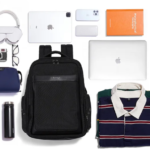
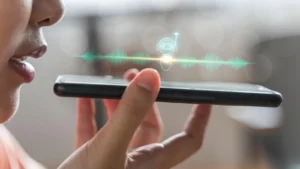


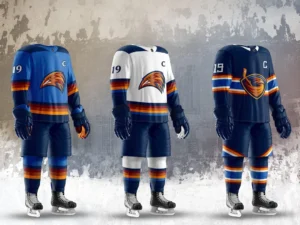
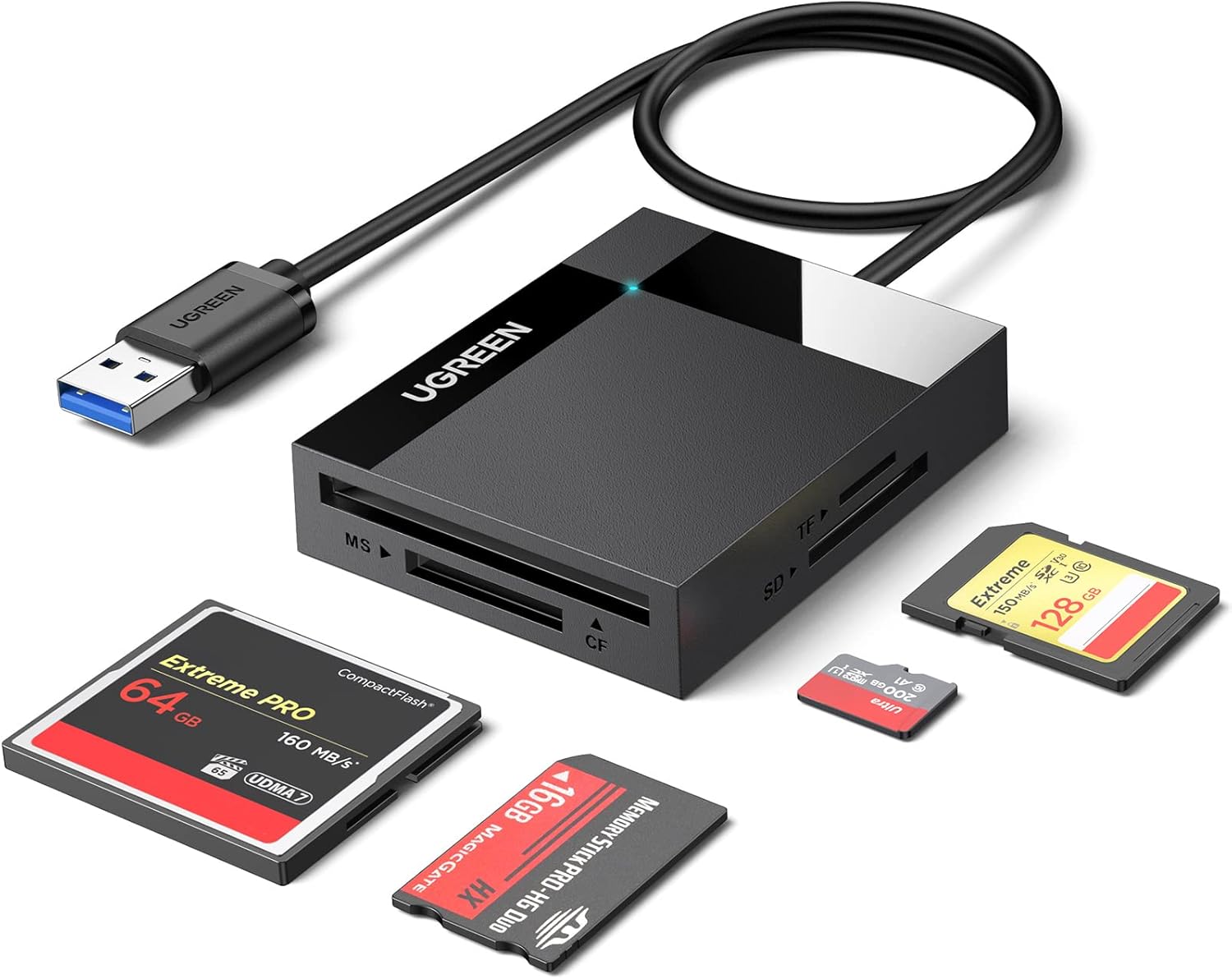
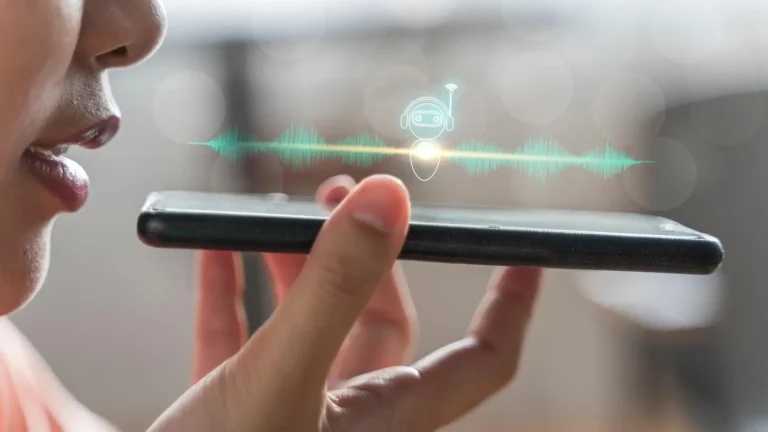
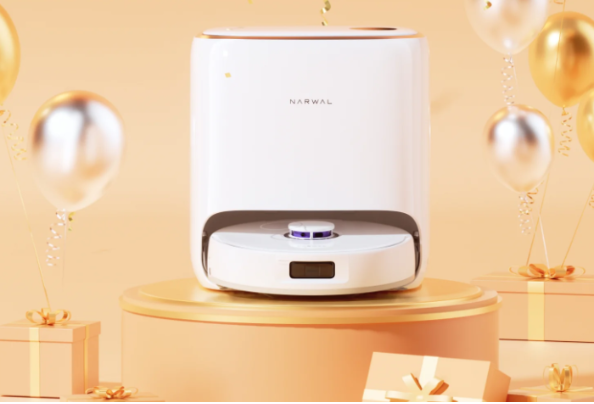
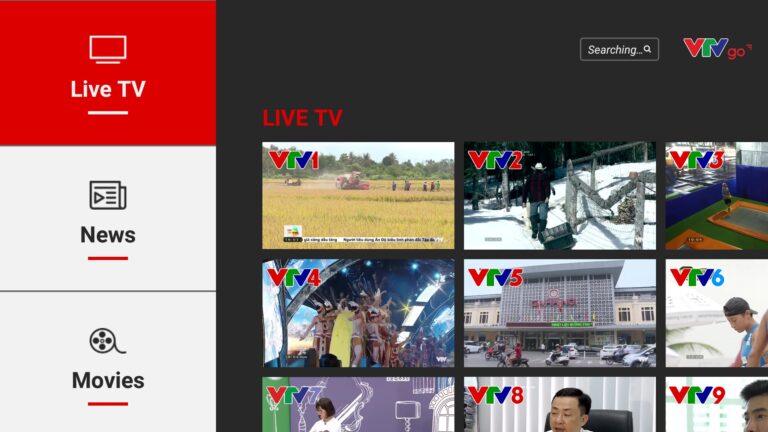

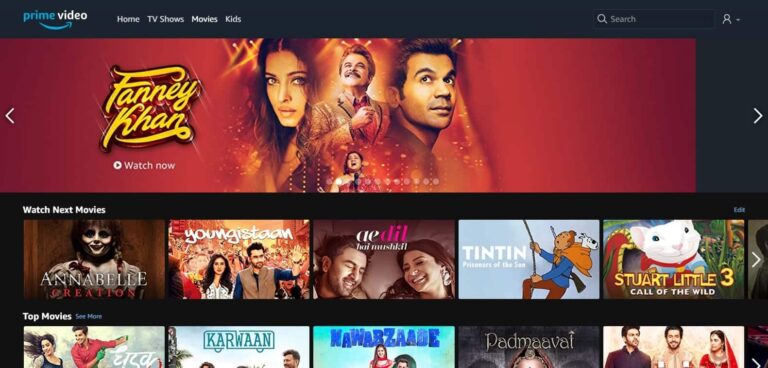


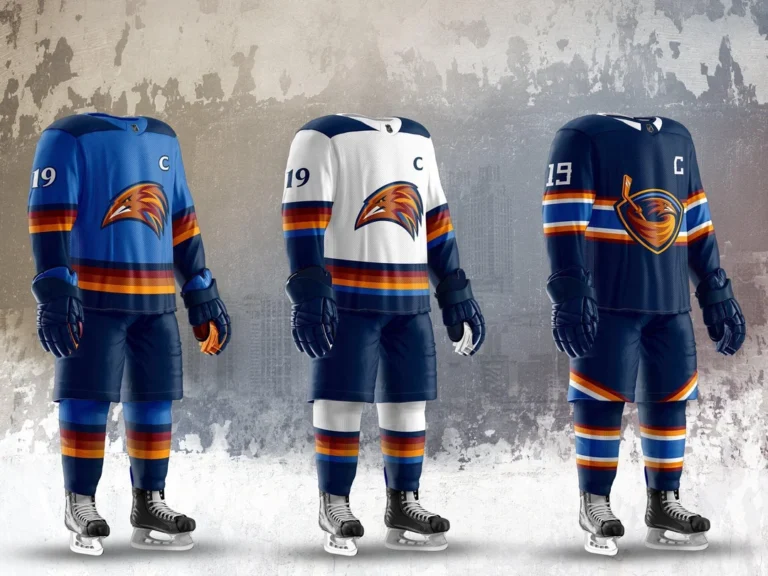
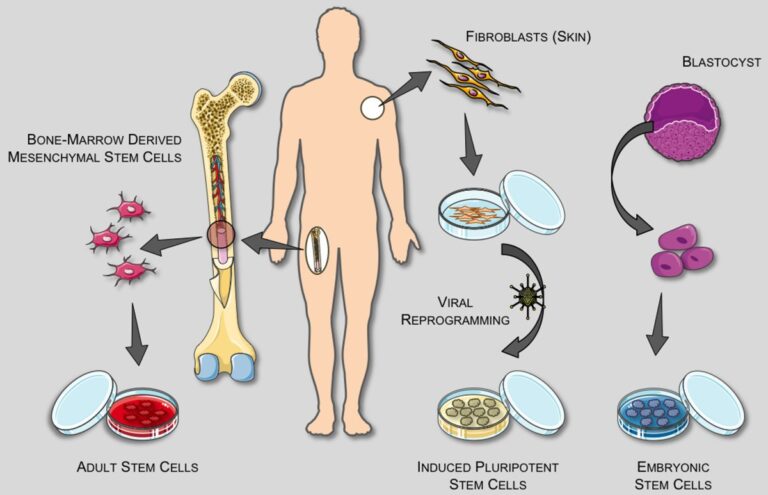



+ There are no comments
Add yours